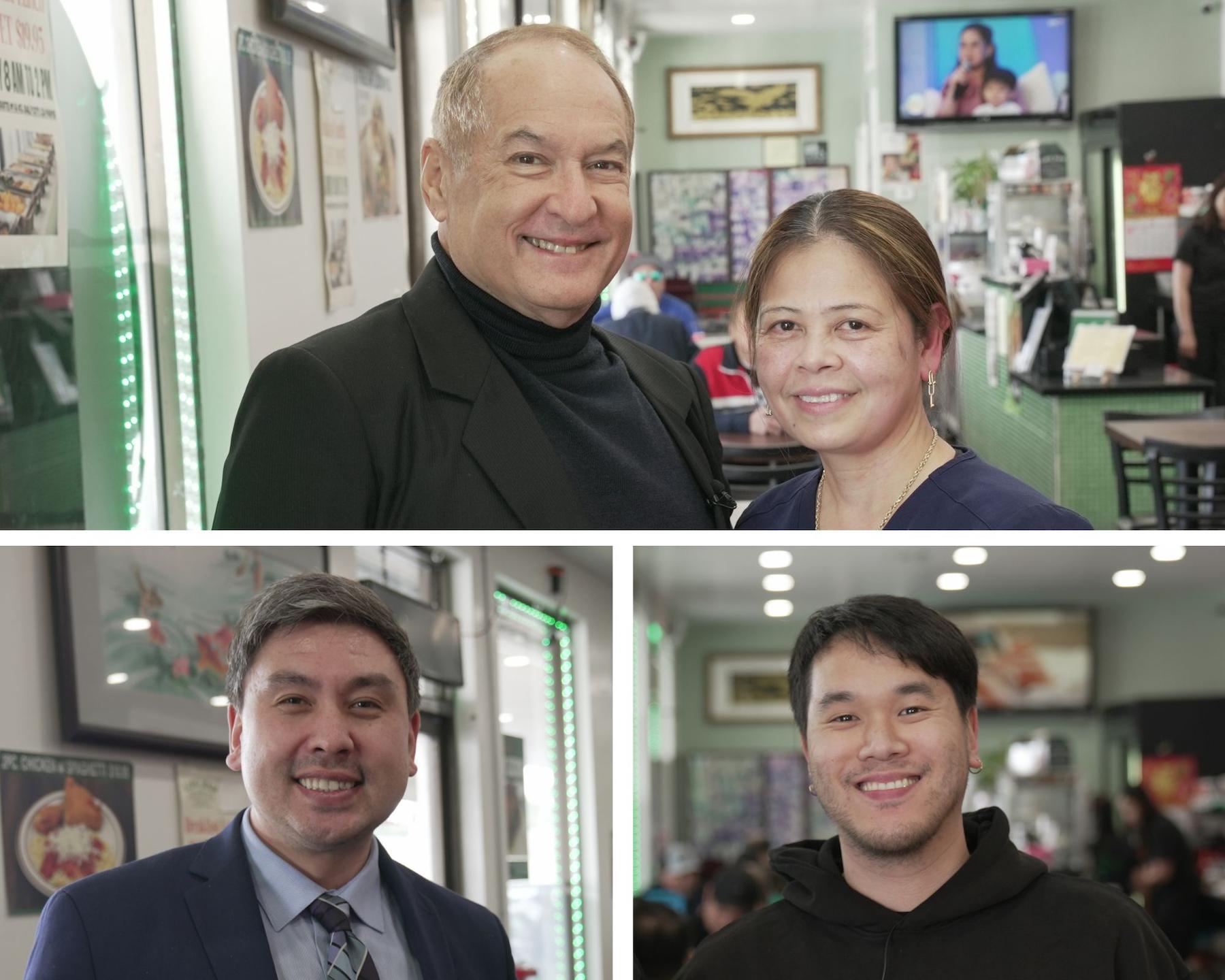(Part 2)
In a previous article, I discussed various forms of immigration relief and benefits that are available now, which you (or your children) could be eligible. Here are some more of the now – existing benefits available, while waiting for CIR:
Provisional Waiver (PW)
Certain people are not eligible to adjust status in the US, such as:
• People who entered the US without inspection (EWI), and do not have the benefit of Section 245(i);
• Crewman, who do not have the benefit of Section 245(i);
• People who entered the US on a fiancée (K) visa, and did not marry the US citizen petitioner, and instead married someone else.
In order for these people to obtain a green card, they must go back to Manila and apply for an immigrant visa at the Embassy. The problem is that once they leave the US, they could be subject to a 10 year bar from returning to the US. In that case, they would need to apply for a “hardship waiver”, demonstrating extreme hardship on their “qualifying relative”, such as a US citizen spouse.
With the provisional waiver, these people can apply for that hardship waiver before they leave the US. This way, they have the result (or answer) on their waiver application before departing the US. This provisional waiver is available primarily for immediate relatives of US citizens (spouse, parents, minor child), provided that their only immigration violation is that they overstayed. Therefore, if the person has fraud or a criminal record, they may not be eligible for the provisional waiver. But, if a person is eligible, at least there is “hope” for them to obtain a green card, even if it requires going back to Manila for their interview.
Child Status Protection Act (CSPA)
This law could possibly provide relief for children who “aged out,” or turned 21 while waiting for their petition to be “current.”
In many cases, a petition is filed either for the child or the child’s parents, when the child is still under 21 years of age. However, by the time the priority date becomes “current”, the child may have already turned 21 years of age. Under the CSPA, there is a mathematical formula for calculating whether the child could still be considered under 21 years of age, by taking the child’s age when the priority date becomes current, and subtracting from that age the length of time it took the USCIS to approve the underlying petition. So, let us say that, at the time the priority date became current, the child was 21 years 10 months old. However, years ago, it took USCIS 11 months to process and approve the petition. By subtracting that 11 months from the child’s age, the child could still be considered “under 21”, and thus eligible for benefits under the CSPA.
The above are only some of the forms of relief available right now, even without CIR. If you believe that either you, or your friends or family members, could benefit from these forms of relief, you should seek the advice of an attorney, who can evaluate your situation, and determine whether you are eligible or not, and then help you prepare and package your case.
* * *
Michael J. Gurfinkel is licensed, and an active member of the State Bar of California and New York. All immigration services are provided by, or under the supervision of, an active member of the State Bar of California. Each case is different. The information contained herein including testimonials, “Success Stories,” endorsements and re-enactments) is of a general nature, and is not intended to apply to any particular case, and does not constitute a prediction, warranty, guarantee or legal advice regarding the outcome of your legal matter. No attorney-client relationship is, or shall be, established with any reader.
WEBSITE: www.gurfinkel.com
Call Toll free to schedule a consultation for anywhere in the US:
(866)—GURFINKEL
Four offices to serve you: LOS ANGELES · SAN FRANCISCO · NEW YORK · PHILIPPINES






